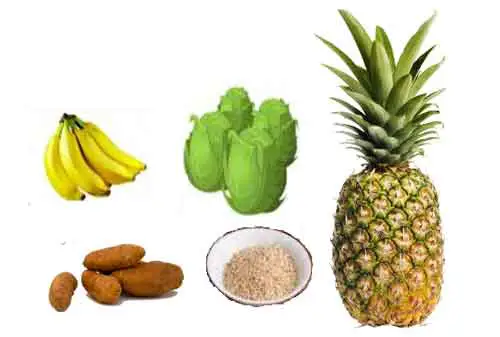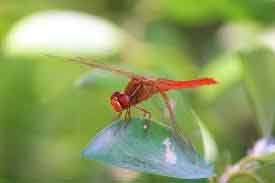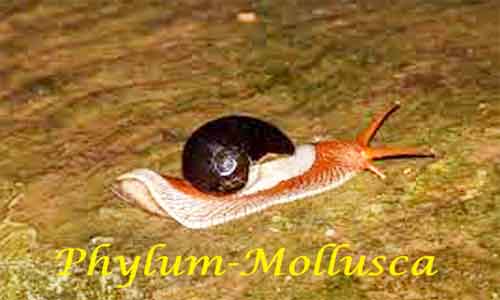Carbohydrate: Definition, Classification and Functions
Carbohydrates are the most widely distributed compounds in both plants and animals. Plants can build up carbohydrates from carbon dioxide (CO2) by the process of photosynthesis. The living body contains 1 percent of carbohydrates. Many plants and animals contain large quantities of carbohydrates as reserve food material. They are the compounds which provide energy to … Read more






